

— Products —
 Consumer hotline +8618073152920
Consumer hotline +8618073152920 WhatsApp:+8615367865107
Address:Room 102, District D, Houhu Industrial Park, Yuelu District, Changsha City, Hunan Province, China
All products
Weather stations dedicated to solar projects integrate a variety of high-precision sensors that monitor key weather parameters in real time, providing data to support the optimized operation and maintenance of solar systems. These sensors include temperature sensors, humidity sensors, radiation sensors, wind speed and direction sensors, as well as precipitation sensors, etc. Through the real-time monitoring and data analysis of the weather station, solar projects can optimize···
Tel/WhatsApp:+8615367865107
Email:Arvin@niubol.com +Nearly 100 partner company in more than 68 countries. We are committed to providing high-quality, practical products to meet your needs and help you solve problems.Product Details
Weather stations play a critical role in solar energy projects by monitoring key weather parameters in real time to support optimal operation and maintenance of the solar system. Weather Stations for Solar Energy Projects usually integrate a variety of high-precision sensors to ensure the accuracy and reliability of the data.
 |  |  |  |  |
| Anemometer Wind Speed sensor | Wind direction sensor | Tipping bucket rain gauge sensor | Tipping bucket rain gauge sensor | Piezoelectric Rain Gauge |
 |  |  |  |  |
| Atmospheric Temperature Humidity air pressure Sensor | ultrasonic wind speed and direction sensor | 5 in1 Ultrasonic Weather Station Sensor | All-in-One Weather Station | 7 in1 Ultrasonic Weather Station Sensor |
 |  | 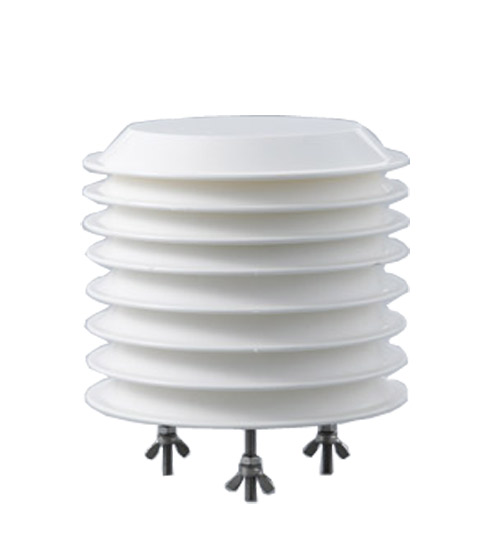 | 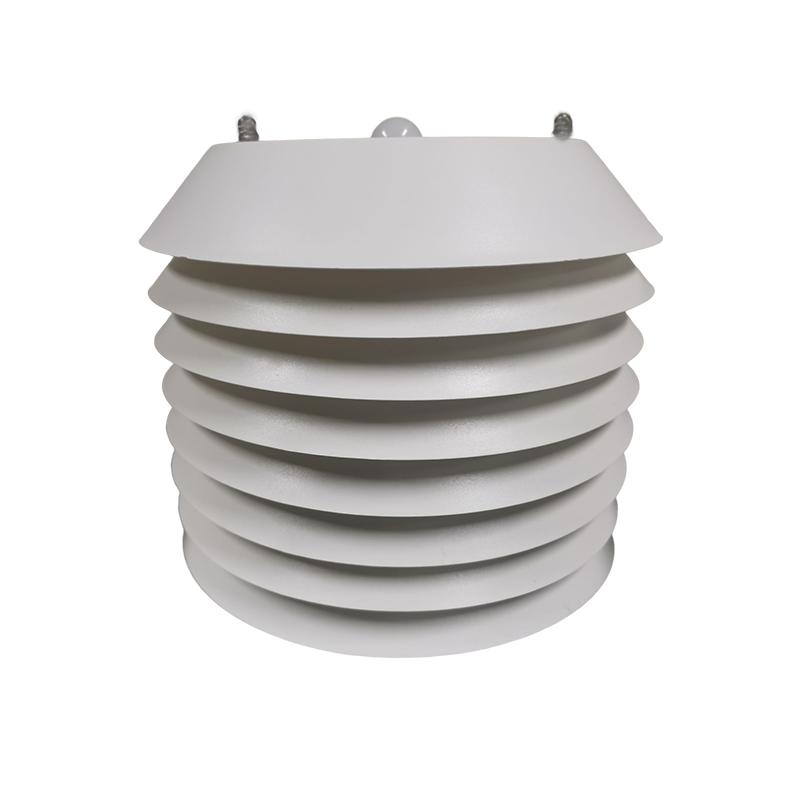 |  |
| Solar Radiation Sensor | Solar Radiation Sensor | CO2 sensor | PM2.5 and PM10 sensors | Four gas and two dust Sensor |
Introduction: Used to measure air temperature to understand the air temperature changes.
Role and value: In solar energy projects, temperature is one of the key factors affecting the power generation efficiency of photovoltaic panels. By monitoring the air temperature, the performance of PV panels at different temperatures can be evaluated to optimize their operation strategy.
Introduction: Measures the relative humidity of the air to understand the changes in water vapor content in the air.
Role and value: Humidity data helps to analyze condensation on the surface of PV panels to avoid performance degradation or damage due to high humidity. At the same time, humidity is also an important factor affecting atmospheric transparency and radiation intensity.
Introduction: Used to measure the change of atmospheric pressure.
Role and value: Changes in atmospheric pressure can reflect the movement and changes in weather systems, providing power stations with an important reference for weather prediction. This helps the power station to better carry out energy management and operation planning, especially in extreme weather conditions, and can take measures in advance to ensure the safe and stable operation of the power station.
Type: Total radiation sensor, scattered radiation sensor, direct radiation sensor.
Introduction: Used to measure the radiant energy on the ground and in the atmosphere, including solar radiation and surface reflected radiation.
Role and value: Radiation data is an important basis for evaluating the efficiency of PV power generation, predicting power generation and optimizing the layout of power stations. By monitoring the intensity of solar radiation, the tilt angle and orientation of PV panels can be adjusted in real time to maximize power generation efficiency.
Introduction: Wind speed sensors measure the speed of the wind to understand the strength of the wind; wind direction sensors measure the direction of the wind to determine the direction from which the wind comes.
Role and value: Wind speed and direction data are important for evaluating the wind potential of a PV plant, predicting the impact of wind-induced vibrations on PV panels, and optimizing plant operation and maintenance strategies. At the same time, these data can also be used for extreme weather warnings to help power plants respond quickly and reduce the impact of natural disasters on the power plant.
Introduction: Used to detect the occurrence of precipitation events and the amount of precipitation.
Role and value: Precipitation data is crucial for assessing the performance of PV panels in rainy days, predicting cleaning needs, and optimizing power plant operation and maintenance strategies. By monitoring the amount of precipitation, the cleaning program can be adjusted in a timely manner to ensure the cleanliness of the PV panel surface, thus improving power generation efficiency.
Introduction: Specialized in measuring the temperature of PV panels.
Role and value: The temperature of PV panels is one of the key factors affecting their power generation efficiency. By monitoring the temperature of the panel in real time, we can assess its performance at different temperatures, prevent efficiency loss and potential thermal failure caused by high temperature, and thus ensure that the PV panel is always in normal working condition.
Introduction: Used to monitor the concentration of pollutants in the air, such as particulate matter, sulfur dioxide, nitrogen oxides and so on.
Role and value: Air quality data is essential for assessing the environmental quality of the area where the solar power plant is located. In heavily polluted areas, air quality sensors can help power station managers understand the impact of pollutants on the performance of photovoltaic panels and take appropriate measures to minimize pollutant deposition and corrosion of photovoltaic panels.
In summary, a variety of high-precision sensors are integrated into the weather station of a solar project, and they each play an important role and value. Together, these sensors provide data support for the optimal operation and maintenance of the solar system, which helps to improve power generation efficiency, reduce operation and maintenance costs, and ensure the safe and stable operation of the power plant.
1. Optimize power generation efficiency: Through real-time monitoring of key meteorological parameters, the weather station can provide accurate environmental data support for the solar system, thus optimizing the operation strategy of the PV panels and improving power generation efficiency.
2. Predicting power generation: Based on historical meteorological data and real-time monitoring data, the weather station can predict future power generation and provide scientific basis for the operation and maintenance plan and maintenance strategy of the power station.
3. Optimize the layout of the power station: by analyzing the meteorological data of different locations, the weather station can help optimize the layout of the PV power station to ensure that the PV panels can receive the maximum amount of solar radiation.
4. Extreme weather warning: The weather station can monitor weather changes in real time and provide early warning in extreme weather conditions, helping the power station to respond quickly and reduce the impact of natural disasters on the power station.
5. Reduce operation and maintenance costs: By providing accurate meteorological data support, the weather station can help the power station to realize intelligent management, reduce operation and maintenance costs and improve the overall economic efficiency.
Accurate meteorological data support more precise power generation forecasts, providing investors with a reliable basis.
Ensure that data meets industry standards, satisfies regulatory requirements, and reduces legal risks.
Optimizing PV power generation efficiency through weather station data is a comprehensive process involving real-time monitoring, data analysis and system adjustment. Below are some key steps in utilizing weather station data to improve PV efficiency:
- Solar radiation: Monitor total, direct and scattered radiation to determine optimal PV panel angles and cleaning cycles.
- Temperature and humidity: Evaluate module operating temperatures and adjust the system to minimize the hot spot effect and improve conversion efficiency.
- Wind speed and direction: Utilizing wind to help dissipate heat while ensuring that the mount design can withstand extreme winds and ensure structural safety.
- Cloud cover and sunshine duration: Predict fluctuations in power generation and optimize power scheduling.
- Historical data analysis: Using long-term data, identify the impact of weather patterns on power generation and build a prediction model.
- Intelligent algorithm application: Using machine learning and artificial intelligence algorithms, analyze data to predict future light conditions and optimize power generation strategies.
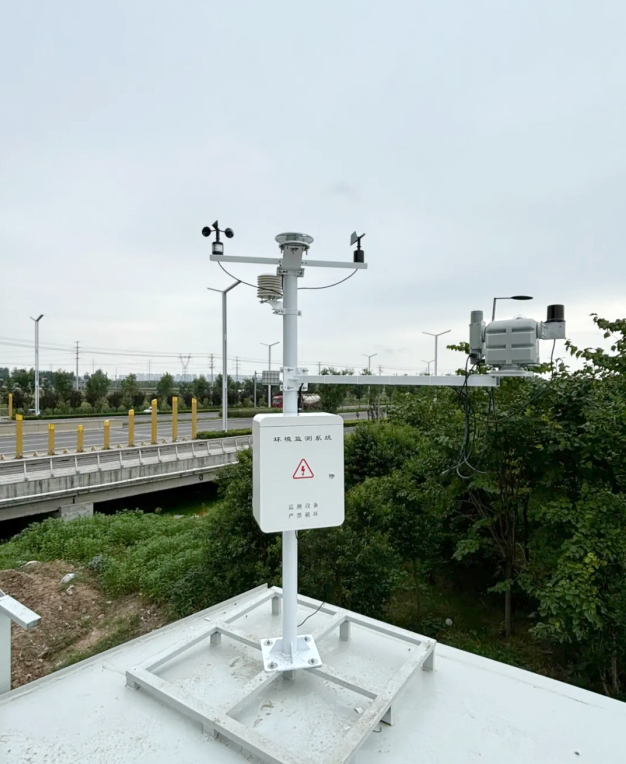
- PV Panel Angle Adjustment: Automatically or manually adjust the angle of the PV panels according to the solar radiation data to maximize the reception of sunlight.
- Temperature management: Take measures during high-temperature periods, such as increasing ventilation, to reduce module temperature and improve efficiency.
- Intelligent operation and maintenance: Based on meteorological warnings, maintenance is carried out in advance to avoid damage caused by extreme weather.
- Optimized power generation and storage: Maximize power generation during periods of sufficient light according to meteorological forecasts, and reasonably use the energy storage system during periods of low light.
- Grid scheduling: linkage with the grid scheduling system, adjusting output according to forecasted power generation to ensure grid stability.
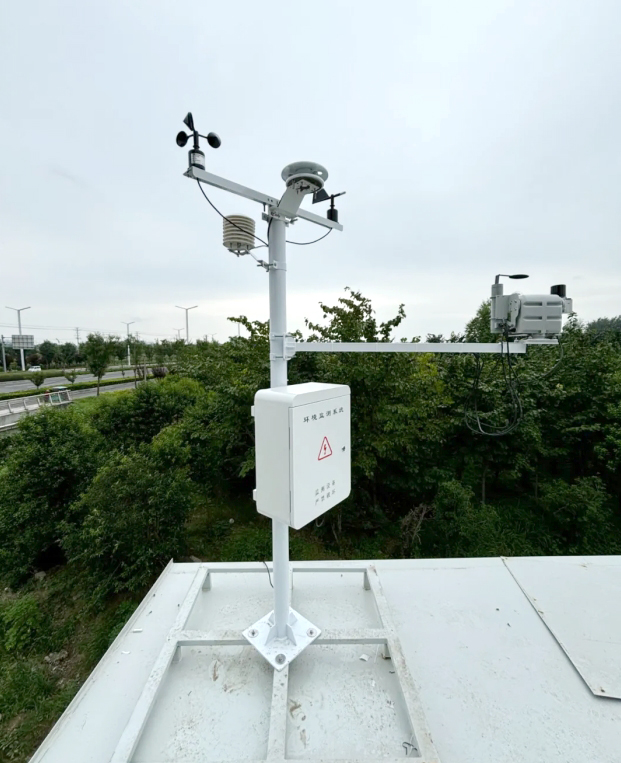
- Site selection and optimization: Use long-term meteorological data to select the best PV power plant construction site to ensure long-term solar resource abundance.
- Equipment selection: Select the most suitable PV modules and materials according to climate conditions to improve weather resistance and efficiency.
- Implement an integrated intelligent monitoring system that combines meteorological data with PV system operation data to realize remote monitoring and automatic response.
Through these steps, weather station data not only helps to instantly optimize the operation of the PV plant, but also plays an important role in long-term planning and system design, thus overall improving the efficiency and economy of PV power generation.
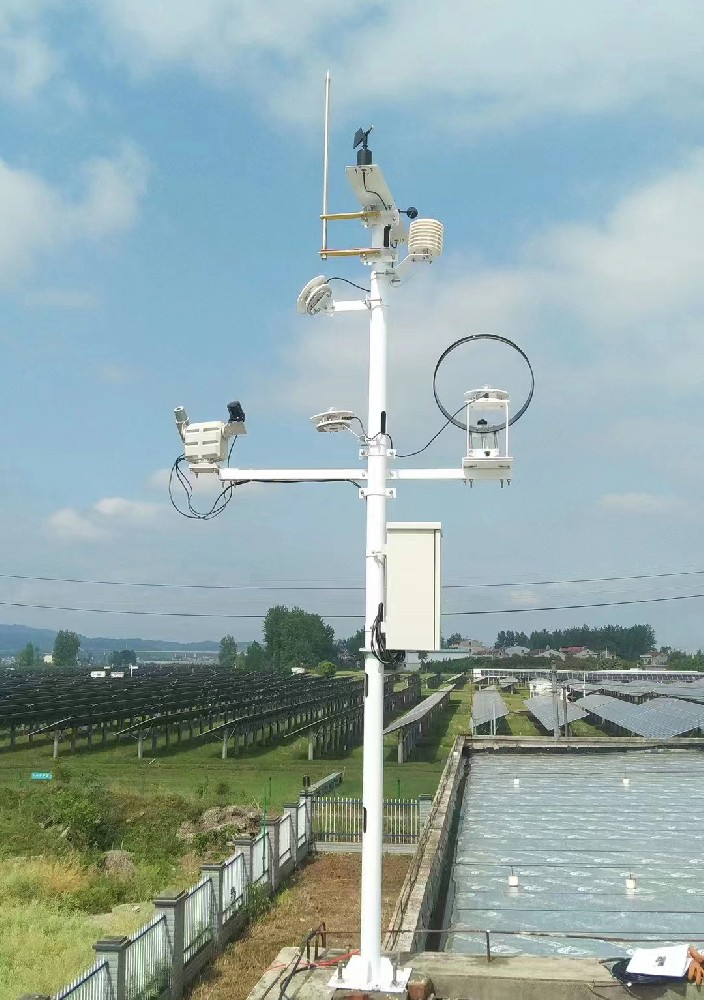
Summary
Weather stations dedicated to solar projects integrate a variety of high-precision sensors that monitor key weather parameters in real time, providing data to support the optimized operation and maintenance of solar systems. These sensors include temperature sensors, humidity sensors, radiation sensors, wind speed and direction sensors, and precipitation sensors, each of which plays an important role and value. Through real-time monitoring and data analysis by weather stations, solar projects can optimize power generation efficiency, predict power generation, optimize power plant layout, achieve extreme weather warnings, and reduce operation and maintenance costs. Therefore, weather stations are an important and indispensable part of solar projects.
Sensors & Weather Stations Catalog
Agriculture Sensors and Weather Stations Catalog-NiuBoL.pdf
Weather Stations Catalog-NiuBoL.pdf
Related recommendations
 Multi-Depth Soil Sensor RS485
Multi-Depth Soil Sensor RS485 TDR Soil Moisture Sensor
TDR Soil Moisture Sensor Pyranometer Solar Radiation Sensors
Pyranometer Solar Radiation Sensors Soil ph sensor
Soil ph sensor Tipping Bucket Rain Gauge
Tipping Bucket Rain Gauge Air Temperature and Humidity Sensor
Air Temperature and Humidity Sensor
Screenshot, WhatsApp to identify the QR code
WhatsApp number:+8615367865107
(Click on WhatsApp to copy and add friends)